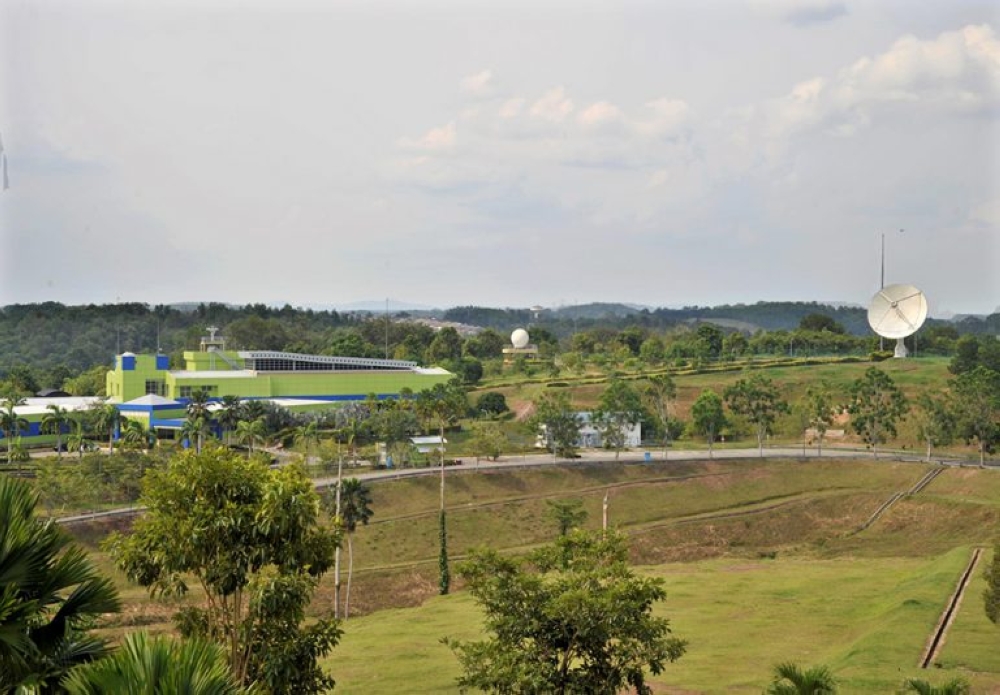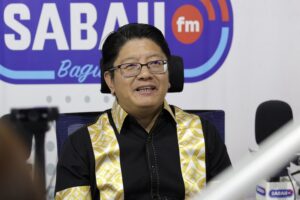SUNGAI BESAR, Sept 20 — Malaysia is poised to become South-east Asia’s first nation with its own rocket launch pad by 2029, with three locations shortlisted in Pahang, Sarawak, and Sabah.
Director-General of the Malaysian Space Agency (MYSA), Datuk Azlikamil Napiah, said the project, aligned with the National Space Policy 2030, could generate over RM10 billion for Gross Domestic Product if Malaysia establishes itself as a regional leader in the burgeoning space industry.
“So far, three parties have shown interest. One of them submitted a full feasibility study report last week. The report will be evaluated within 90 days of submission.
“Interested foreign investors must collaborate with local companies and obtain approval from the respective state governments on land matters,” he told reporters after the handover ceremony for the upgrading and repair works of Surau Parit 5 Timur (Tengah), Jalan Baru, here today.
He emphasised that Malaysia’s geographical location along the Equator provides a distinct advantage, enabling more efficient rocket launches with reduced fuel costs.
Building on this advantage, Azlikamil said the project also aims to establish Malaysia’s own earth observation satellite, develop a space city, and offer rocket launch services.
It will be built as a public-private partnership, sharing costs between the government and private investors. Work is expected to commence in early 2029, after all required approvals and groundwork are finalised.
“Beyond attracting investment, the project will generate significant economic spillover for local communities through new infrastructure, energy projects and job opportunities,” he said.
Earlier, Azlikamil handed over five upgraded and refurbished surau, with a total allocation of RM315,000 under the Madani Adopted Village programme.
The project involving Surau Ehsaniah (Parit 2 Timur), Surau Tuan Guru Haji Bahaudin (Parit 3 Timur), Surau Haji Mohamad (Parit 3 1/2 Timur), Surau Nur Al-Iman (Parit 4 Timur), and Surau Parit 5 Timur (Tengah) began on June 9 and was completed on Aug 8. — Bernama






